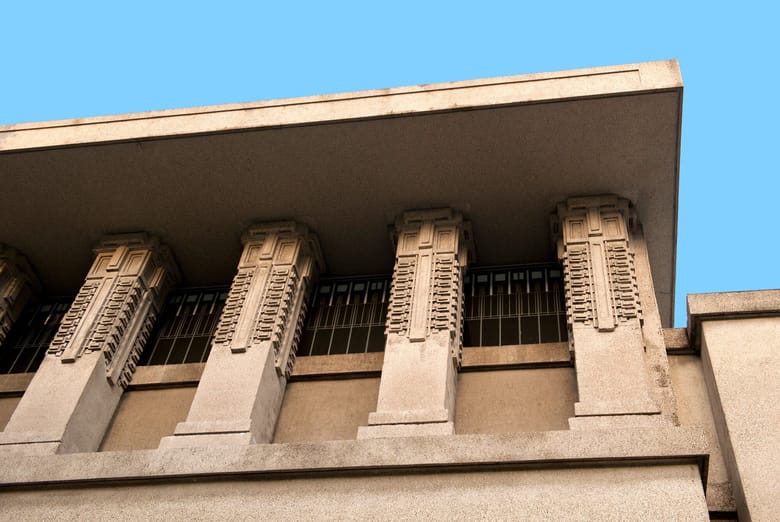Junction
Photo: Unity Temple Architect: Frank Lloyd Wright
Junction in architecture refers to the point or area where two or more elements of a building or structure come together. This term encompasses a wide variety of intersections within a building’s construction, including those between different materials, structural components, and architectural elements. Here are some examples of architectural junctions:
1. Wall-to-Wall Junctions:
- Corner Junctions: Where two walls meet at an angle, typically forming a corner.
- T-Junctions: Where one wall intersects another at a right angle, forming a "T" shape.
2. Wall-to-Floor Junctions:
- These junctions are where walls meet the floor structure.
3. Wall-to-Roof Junctions:
- This is the area where the wall structure meets the roof. Architectural details such as eaves, parapets, and gables play a role in this junction.
4. Material Junctions:
- Where different building materials meet, such as wood meeting brick or steel meeting concrete.
5. Structural Junctions:
- Points where structural elements such as beams, columns, and slabs intersect. These junctions are critical for the load-bearing capacity and overall stability of the building.























